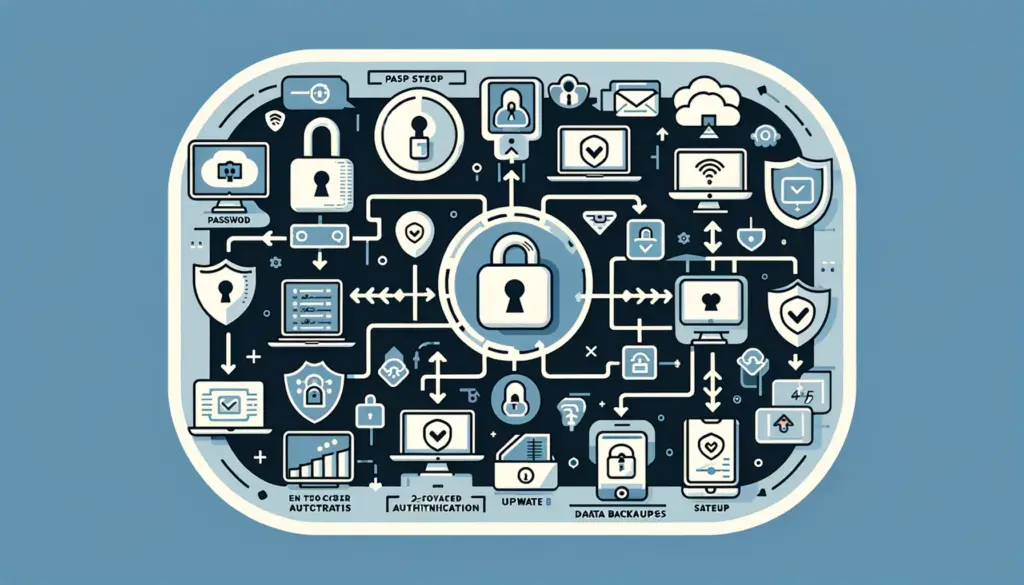Small and medium-sized businesses (SMBs) have become prime targets for cybercriminals. This blog post explores why hackers are increasingly focusing on SMBs and offers practical steps these businesses can take to strengthen their cyber defenses. Understanding the ‘why’ behind these attacks is crucial for SMBs to effectively prepare and protect themselves.
Why SMBs are Attractive Targets for Hackers:
Limited Cybersecurity Resources:
- Reason: Many SMBs lack the financial and technical resources to implement strong cybersecurity measures.
- Consequence: Easier penetration and exploitation by hackers.
Lack of Employee Training:
- Issue: Employees often lack training in cybersecurity best practices.
- Risk: Higher susceptibility to phishing attacks and other social engineering tactics.
Valuable Data, Less Protection:
- Fact: SMBs store valuable data (customer information, intellectual property) but tend to have less robust protection compared to larger enterprises.
- Draw for Hackers: Attractive data with easier access.
Underestimation of Threats:
- Trend: Many SMBs underestimate the risk of cyber attacks.
- Result: Inadequate investment in cybersecurity defenses.
Supply Chain Vulnerabilities:
- Point: SMBs in supply chains can be used as entry points to larger networks.
- Target: Hackers exploit SMBs to compromise larger organizations.
Practical Steps for SMBs to Enhance Cyber Defenses:
Prioritize Cybersecurity Investments:
- Strategy: Allocate budget for essential cybersecurity tools and services.
- Tools: Firewalls, antivirus programs, and secure backups.
Regular Employee Training:
- Action: Conduct ongoing cybersecurity awareness and training programs for employees.
- Benefit: Reduces risk of human error and increases vigilance against scams.
Implement Access Controls:
- Measure: Use strong access control policies to limit data access to essential personnel only.
- Advantage: Minimizes risk of internal and external data breaches.
Regular Software Updates and Patch Management:
- Necessity: Keep all software and systems up to date with the latest security patches.
- Protection: Prevents exploitation of known vulnerabilities.
Incident Response Planning:
- Preparation: Develop and regularly update an incident response plan.
- Readiness: Ensures quick and effective action in the event of a cyber attack.
Partner with Cybersecurity Experts:
- Recommendation: Collaborate with cybersecurity firms for expert advice and support.
- Support: Access to expertise and advanced security technologies.

For SMBs, the message is clear: being small does not mean being under the radar of cybercriminals. In fact, it’s often the opposite. By understanding why they are targeted and taking proactive steps to bolster their cyber defenses, SMBs can significantly reduce their risk of cyber attacks and secure their business’s digital future.



